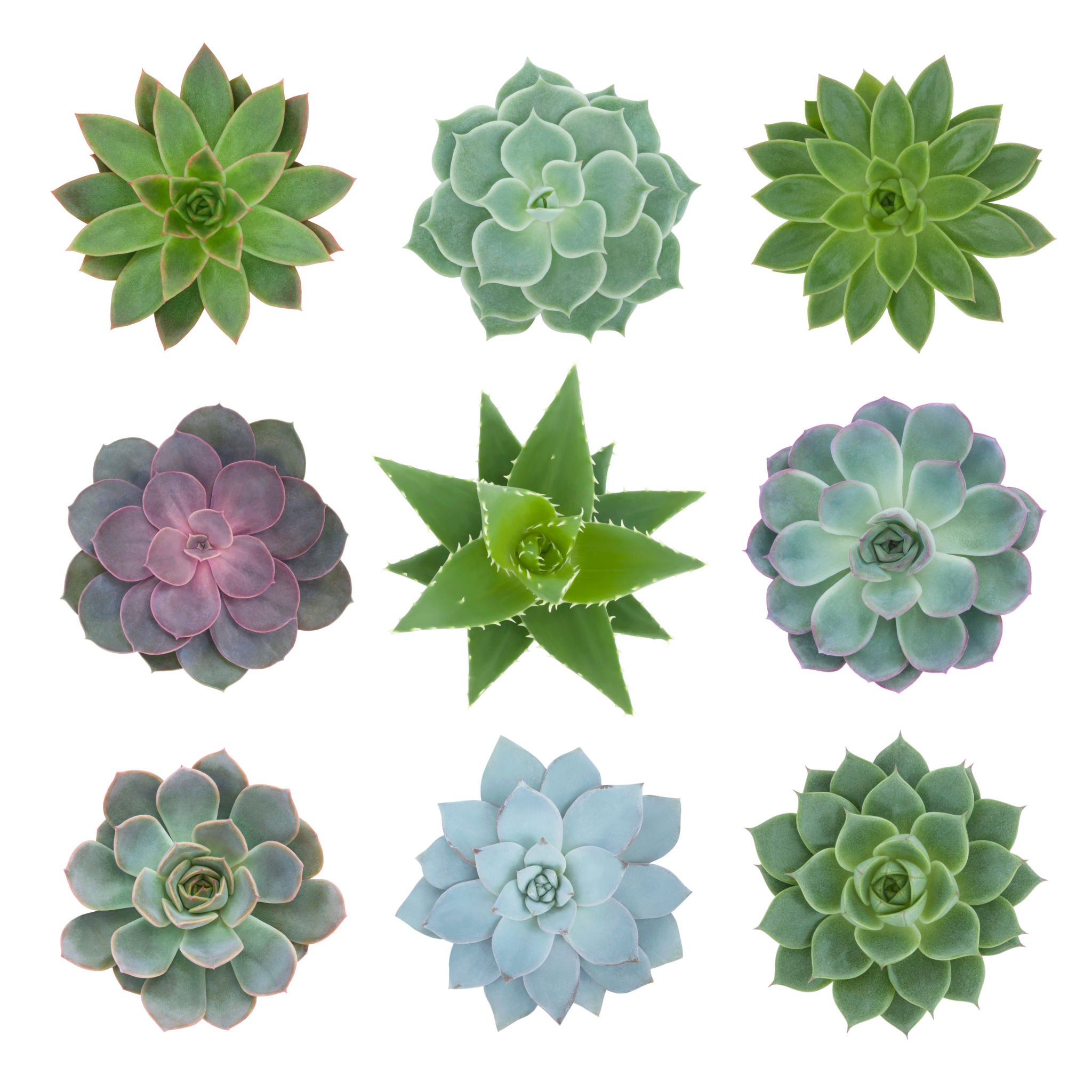Seasonal Migraine Triggers in Arizona: Preparation Tips for Sufferers
Understanding Seasonal Migraine Triggers in Arizona
Arizona, with its unique climate, presents several challenges for migraine sufferers. The state's hot, dry weather can exacerbate symptoms and increase the frequency of migraines. Understanding these triggers and learning how to prepare for them is key to minimizing their impact on your life.
Common seasonal migraine triggers in Arizona include fluctuations in temperature, low humidity, and high pollen levels. These environmental factors can be particularly troublesome for individuals prone to migraines. By identifying and managing these triggers, sufferers can better control their symptoms.

Temperature Fluctuations
Temperature changes can be a significant trigger for migraines. In Arizona, temperatures can vary significantly between day and night, especially during transitional seasons like spring and fall. Rapid changes can cause the blood vessels to constrict and dilate, potentially leading to migraines.
Preparation Tips
- Stay indoors during peak heat hours, typically between 10 AM and 4 PM.
- Use air conditioning to maintain a consistent indoor temperature.
- Wear a hat and sunglasses to protect yourself from the sun when outdoors.

Low Humidity
Arizona's dry climate is another challenge for migraine sufferers. Low humidity levels can lead to dehydration, a well-known migraine trigger. Ensuring adequate hydration is essential for those susceptible to headaches.
Hydration Strategies
- Drink plenty of water throughout the day, aiming for at least eight glasses.
- Incorporate hydrating foods like fruits and vegetables into your diet.
- Avoid diuretics such as caffeine and alcohol that can increase dehydration.
Pollen and Allergens
The blooming desert flora during certain seasons can significantly increase pollen levels, triggering allergies that may lead to migraines. Identifying specific allergens and managing exposure is crucial for reducing migraine attacks.

Managing Allergens
- Monitor local pollen forecasts and limit outdoor activities during high pollen days.
- Consider using an air purifier at home to reduce indoor allergens.
- Consult with a healthcare provider about potential allergy medications or treatments.
Conclusion
While Arizona's climate presents unique challenges for those with migraines, understanding and preparing for seasonal triggers can help alleviate symptoms. By adopting proactive strategies such as maintaining consistent indoor temperatures, staying hydrated, and managing allergens, sufferers can lead more comfortable lives despite the environment's challenges. Stay informed and consult with healthcare providers to tailor a plan that best suits your needs.
